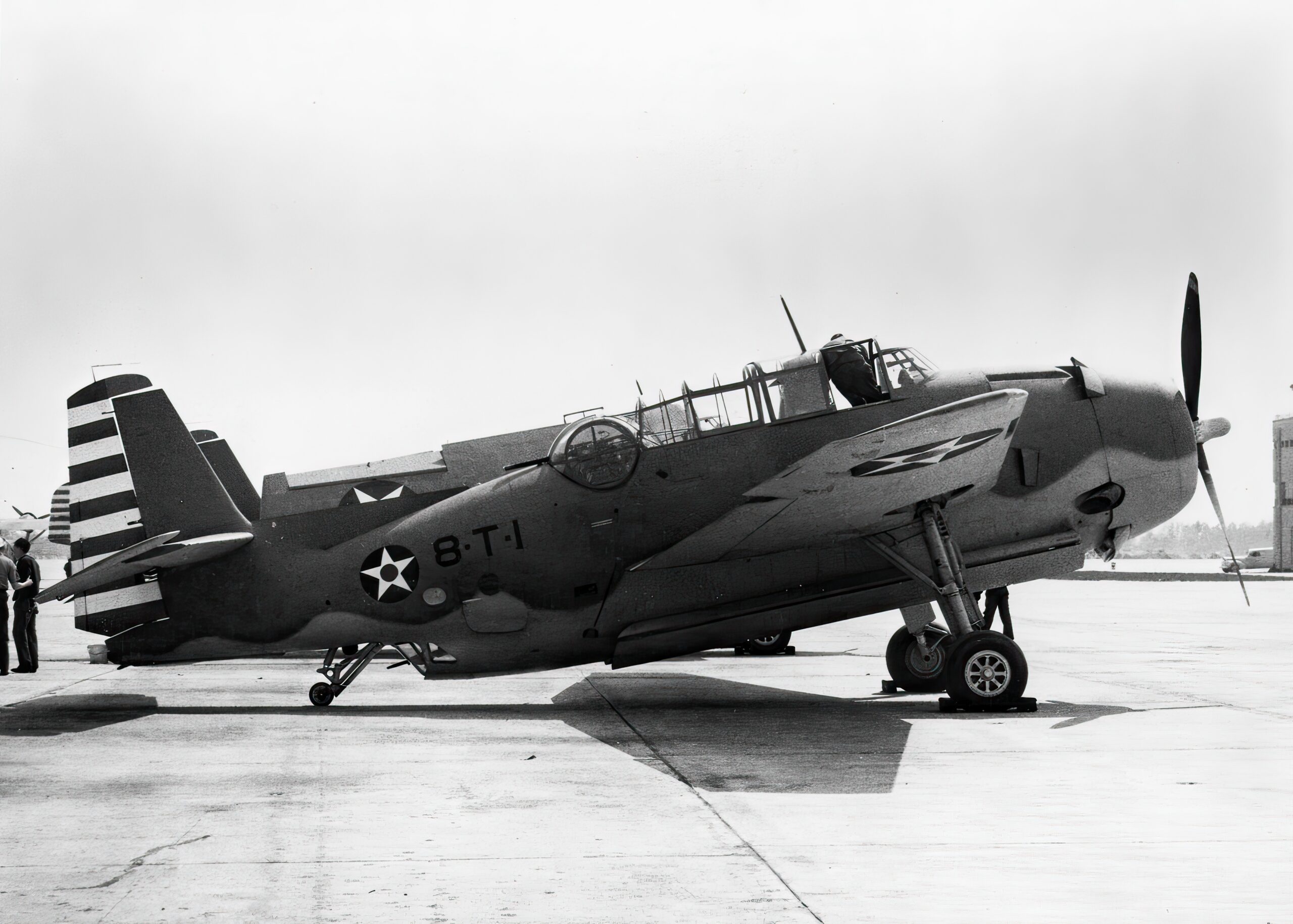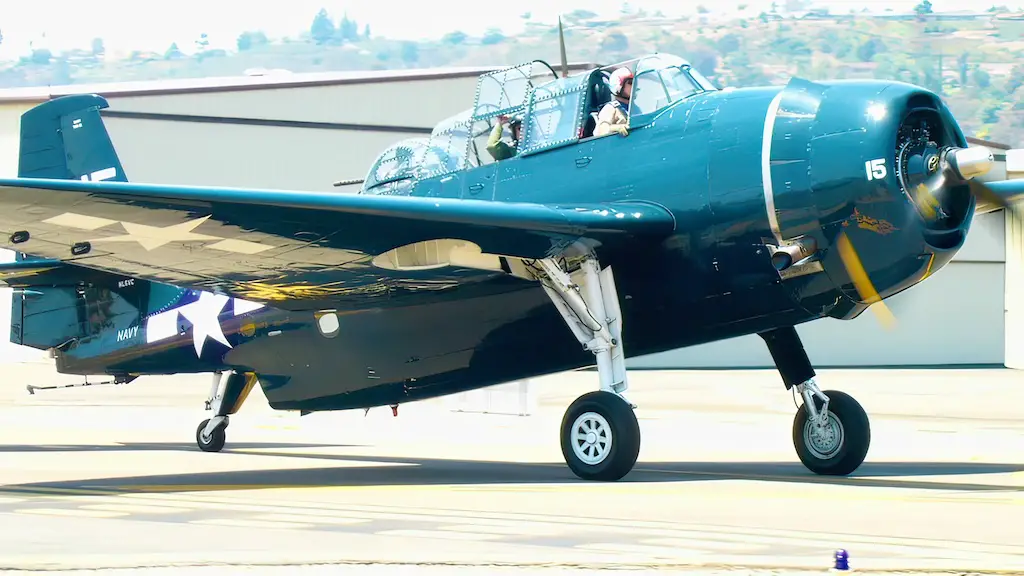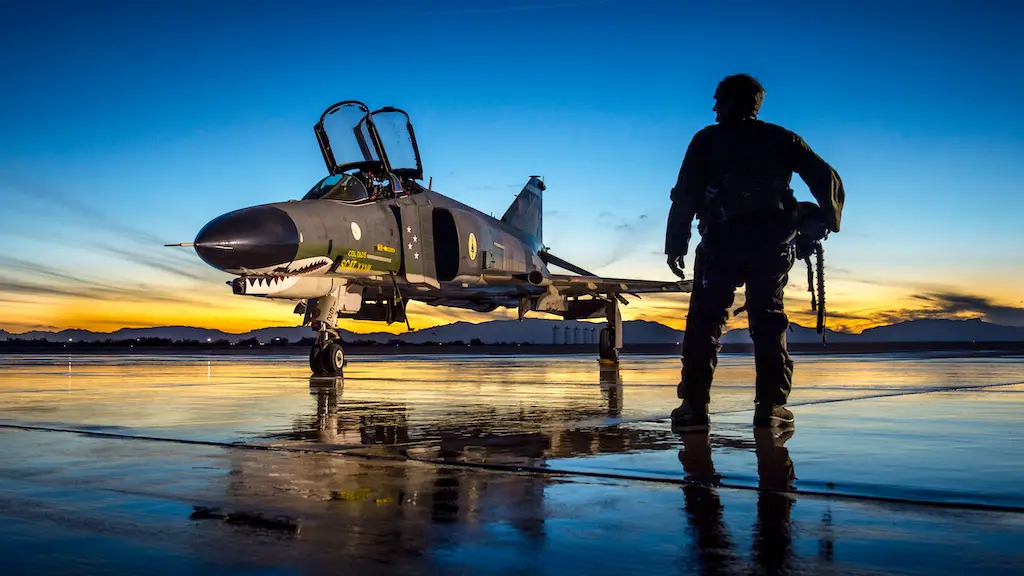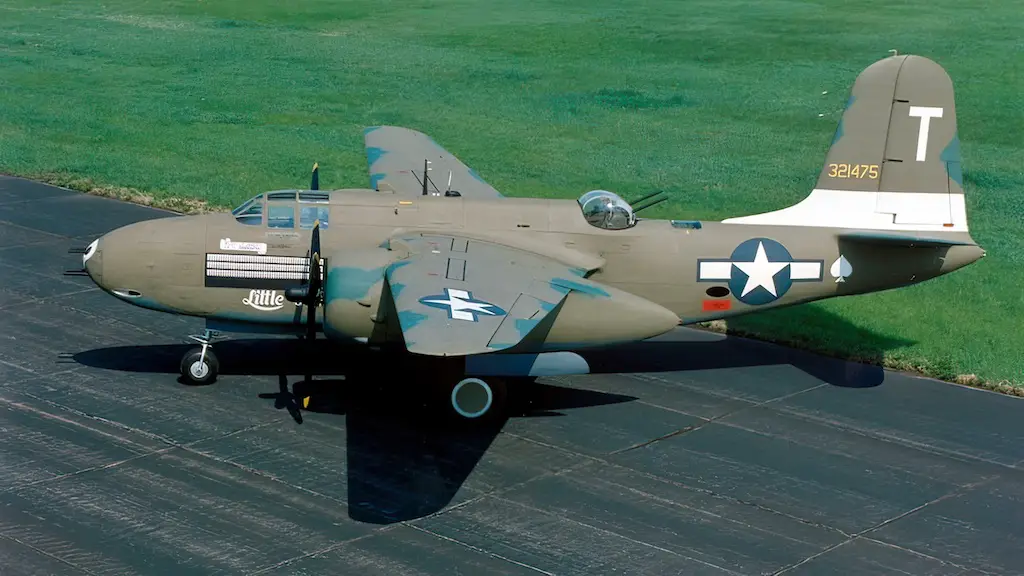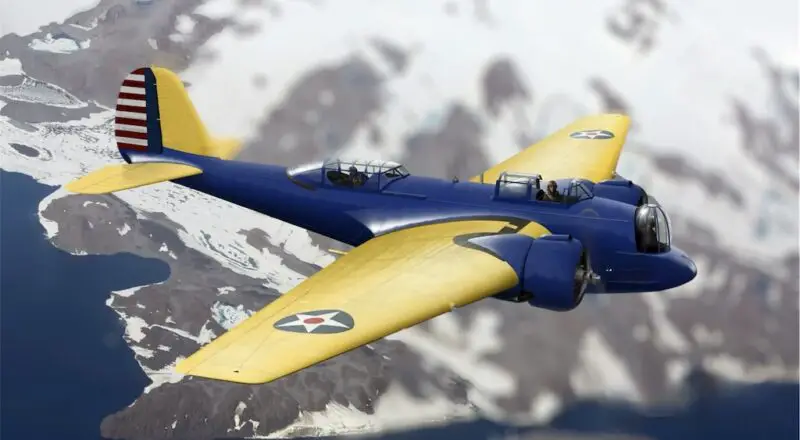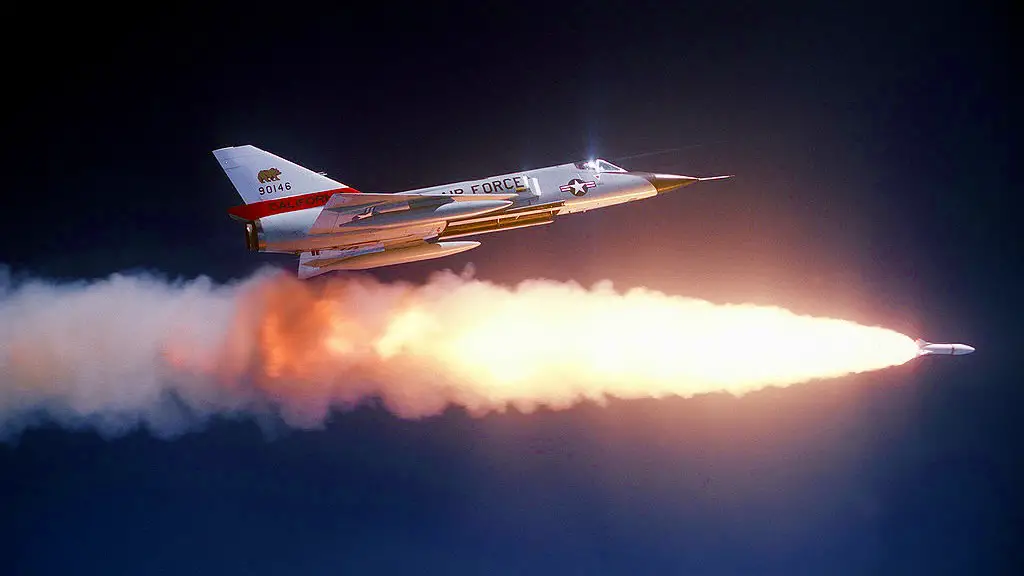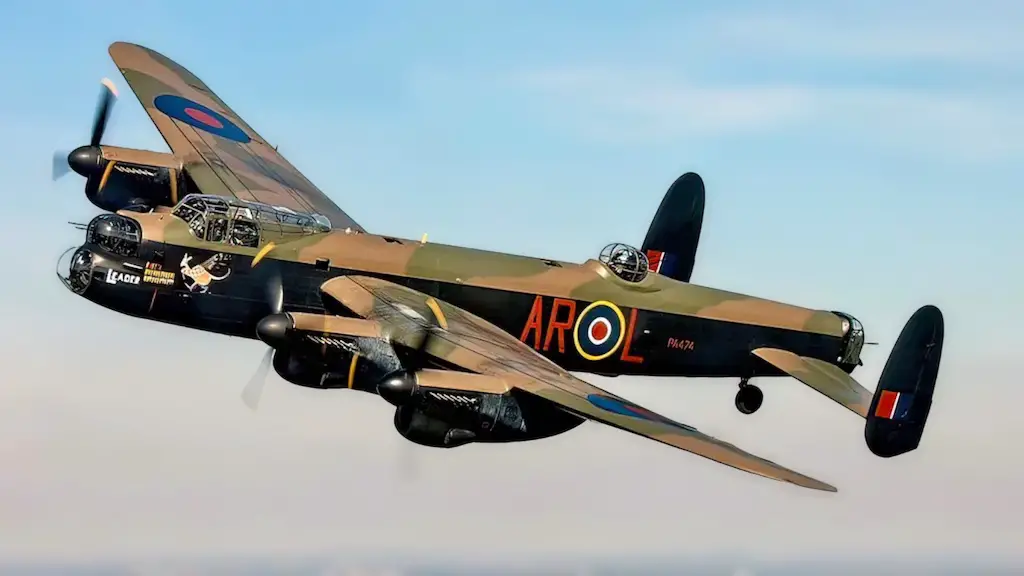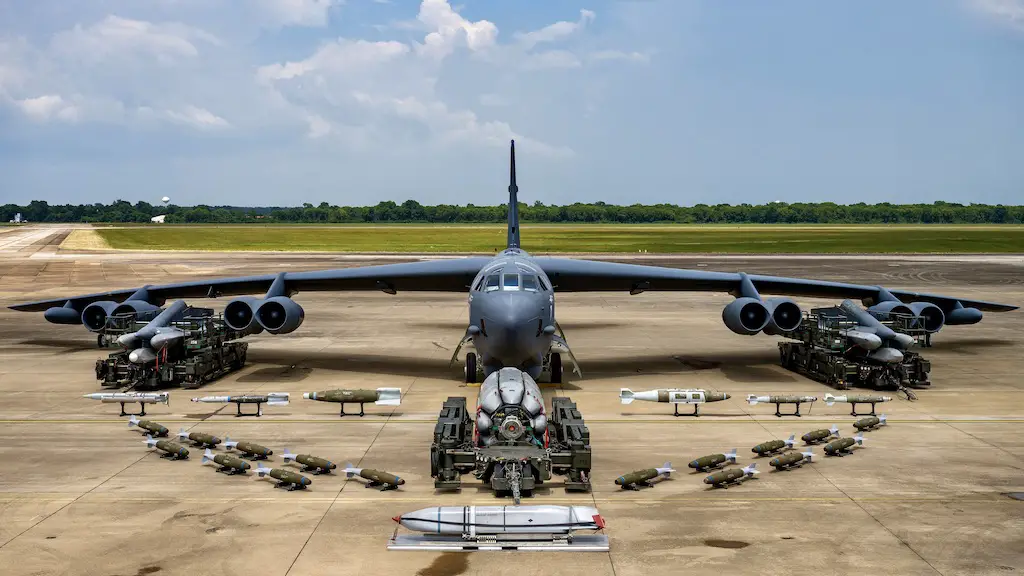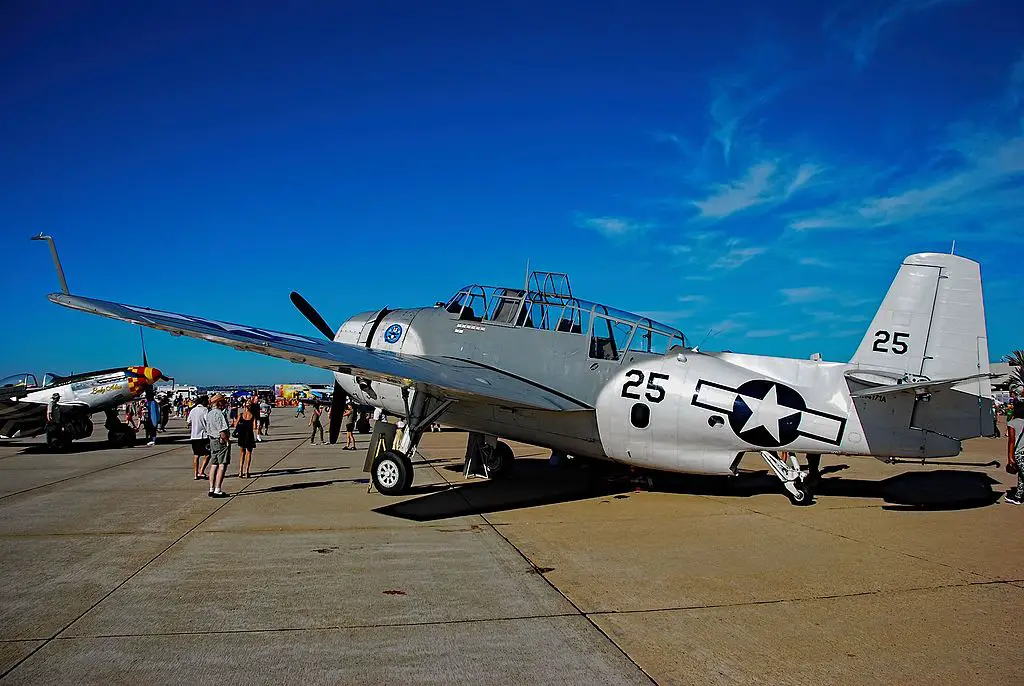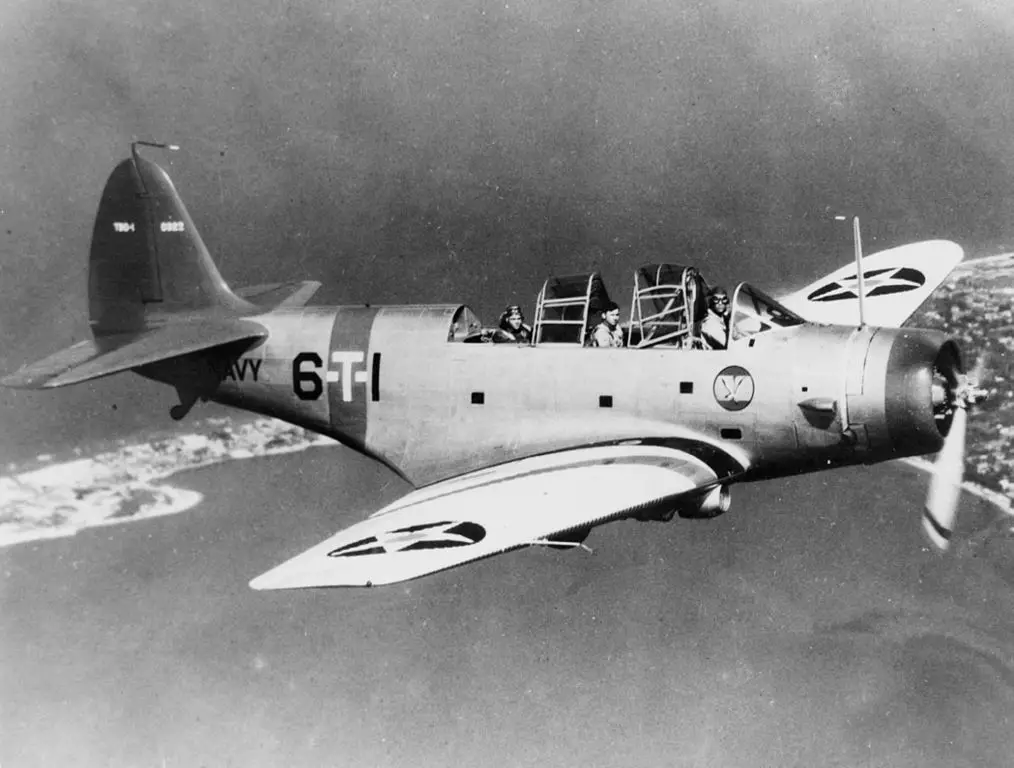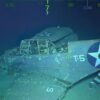The Birth of the Avenger
In the throes of World War II, the aviation industry found itself amidst a technological revolution. At the center of this transformative period, the Grumman TBF Avenger was born. In the spring of 1941, Grumman began to develop a new torpedo bomber, designed to replace the aging Douglas TBD Devastator.
The Avenger prototype, known as XTBF-1, made its maiden flight on August 1, 1941. Although it was larger and heavier than its predecessor, the XTBF-1 soared with power and grace. A few months later, the U.S. Navy ordered the aircraft into production, and by 1942, Avengers were rolling off the assembly lines.
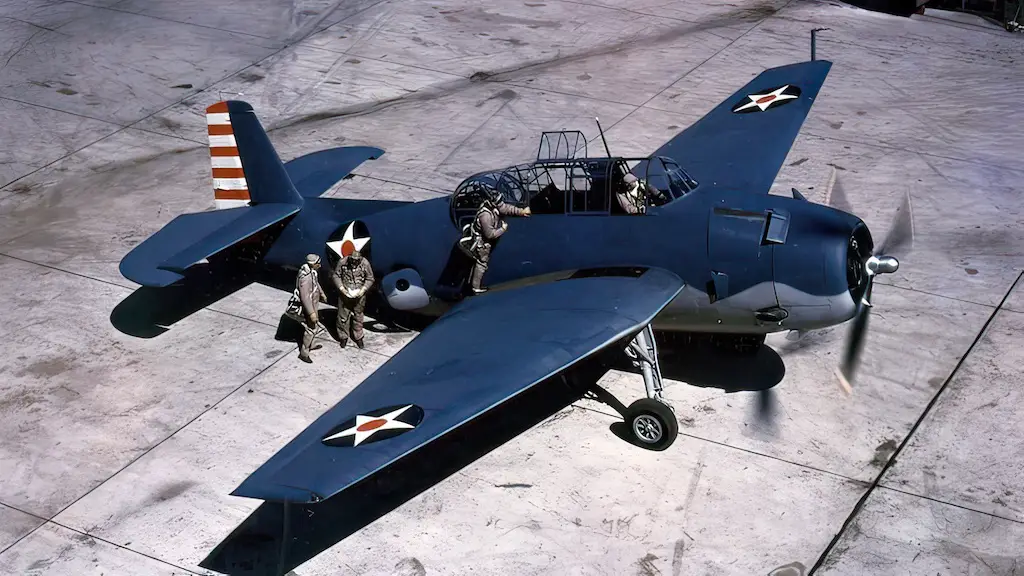
Power in the Sky
The engine of the TBF Avenger defined its capabilities. This monstrous machine boasted a Wright R-2600-20 Twin Cyclone fourteen-cylinder radial engine. With 1,900 horsepower under the hood, it was the heart that gave this sky beast the power to take off from the confined runways of aircraft carriers.
The Twin Cyclone was a powerhouse that elevated the Avenger into a high-speed, high-altitude torpedo bomber. The Wright R-2600-20 equipped the Avenger to transport substantial payloads, propelling it over a distance of more than 1,000 miles and enabling it to reach speeds up to 275 mph. This power plant was more than just an engine in a warplane; it was the driving force that charged the US Navy towards their triumphant victories.
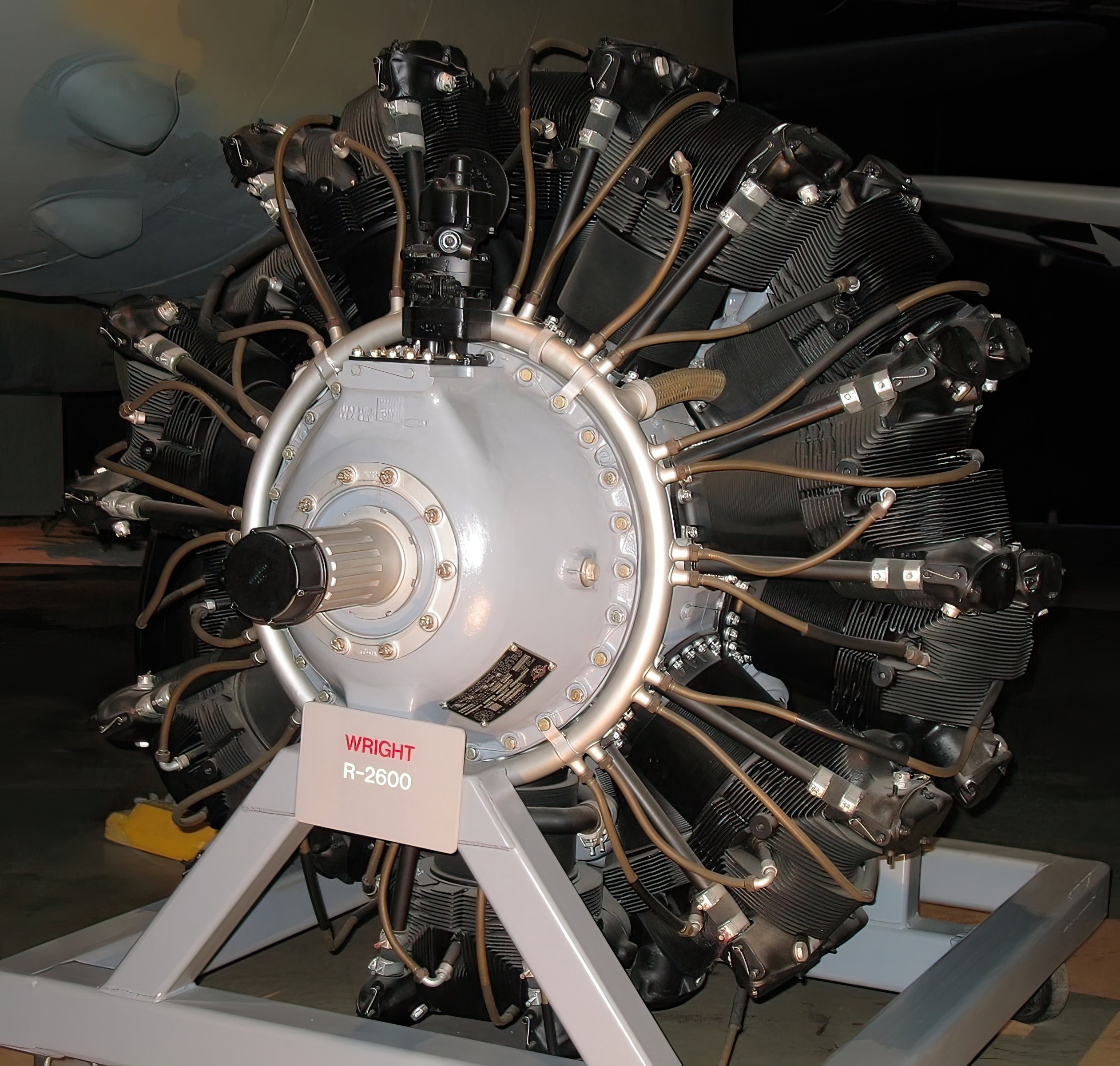
Flight Characteristics and Handling
Despite its hulking size, the Grumman TBF Avenger exhibited impressive handling characteristics. The aircraft utilized wing flaps and a folding wing design for carrier operations. It was a stable platform, especially at low speeds, crucial for torpedo bombing runs.
Though the Avenger was heavy, it was not sluggish. The robust engine, coupled with its aerodynamic design, gave the aircraft the ability to climb, dive, and maneuver with surprising agility. The Avenger’s wide stance and robust landing gear system allowed for relatively smooth take-offs and landings, even on the tumultuous decks of aircraft carriers.
Operational Use of the Avenger
The Avenger carved out a reputation as an intimidating presence in the skies. It first tasted battle in the historic Battle of Midway in June 1942. The Avenger’s ability to bear a singular 2,000-pound torpedo or up to four 500-pound bombs made it a game-changer in the Pacific theater.
As the World War II landscape morphed, so too did the roles of the Avenger. It evolved from a torpedo bomber to an anti-submarine asset, a search and rescue facilitator, and even an airborne early warning sentinel. This adaptability exemplified the Avenger’s inherent versatility and robust design. In the hands of the US Navy, it was a dependable workhorse, fulfilling critical roles and missions throughout the war.

The Avenger’s Shortcomings
Yet, the Avenger was not a perfect machine. Pilots often expressed dissatisfaction with the limited rearward visibility from the cockpit. The aircraft’s substantial weight presented difficulties for carrier operations, especially under harsh weather conditions.
The Avenger’s size was a double-edged sword; its bulk made it an attractive target for enemy fighters. Early versions lacked self-sealing fuel tanks, a significant vulnerability, but this issue was addressed in later models. Despite these drawbacks, the Avenger earned respect for its robustness, versatility, and combat effectiveness.
